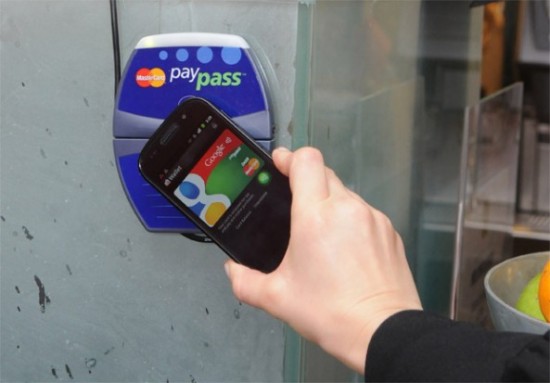
The social media websites are the source of alternate traffic that helps us to increase traffic and business. A social bookmarking website allow us to save our favorite news and share useful and interesting information with other users. Building a large network and participating regularly will give you lots of traffic with similar interests. Some of the popular social bookmarking websites from where you can recieve hundred and more traffic depending on the topic. Some of the social media websites with lots of users are delicious, digg, stumbleupon, reddit, propeller, etc. I want to share some tips helpful if you want traffic from delicious. For this, you must spend few minutes and participate in delicious. Below are the useful tips mentioned :
Make Friends Regularly : Regularly add few friends in your network. Login in your account and click "See more Popular bookmarks" to see the popular stories. Watch the profile of the person submitted the news or link in the delicious, you will find lots of people added in his network. You can add friends from his network.

Spending Sometimes Will be Beneficial : Regularly spend 30-40 minutes here and soon you will have a good network of friends with hundred or more bookmarks. Try to add two, three or friends and 4-5 links to your favorite sites. Now calculate, if you add 4 friends and 4 favorite links then within a month then you will have 120 friends and 120 favorite links.
Bookmark Daily : You should be active regularly else people will not add you in the network and even not vote your link. It is important to get traffic daily. If you bookmark something regularly, you will be active and people will notice your regular activity and they will add you in his network.
Bookmark Others Links : Add the links of others in your favorites if it is interesting and helpful to the others. This is the best way to attract the others and these members regularly visit your profile.
Bookmarklet Save Time : Add the one-click add on to your browser to save bookmark in just one click and it is the time saver and no need to login again and again. This option is provided by social media websites and it is time saving option.
Tags are Helpful : Don't forget to add tags relevant to the link you have added. The more tags means better to increase traffic but should not be unrelevant. Suppose if you want to submit seo tips for the beginners then your tag should be seo, internet marketing, seo tips, beginners seo tips, best seo tips, seo techinques, etc.
You can also use look up a URL option to check how many people save the page you entered in the box. If you want to save your favorite pages, click on "Save a new bookmark" and enter the URL including title and description and save it in your favorite list.
I hope this article will be helpful for the beginners. Delicious is very popular social bookmarking website and it can be a very beneficial tool for you to increase more and more traffic.
Make Friends Regularly : Regularly add few friends in your network. Login in your account and click "See more Popular bookmarks" to see the popular stories. Watch the profile of the person submitted the news or link in the delicious, you will find lots of people added in his network. You can add friends from his network.

Spending Sometimes Will be Beneficial : Regularly spend 30-40 minutes here and soon you will have a good network of friends with hundred or more bookmarks. Try to add two, three or friends and 4-5 links to your favorite sites. Now calculate, if you add 4 friends and 4 favorite links then within a month then you will have 120 friends and 120 favorite links.
Bookmark Daily : You should be active regularly else people will not add you in the network and even not vote your link. It is important to get traffic daily. If you bookmark something regularly, you will be active and people will notice your regular activity and they will add you in his network.
Bookmark Others Links : Add the links of others in your favorites if it is interesting and helpful to the others. This is the best way to attract the others and these members regularly visit your profile.
Bookmarklet Save Time : Add the one-click add on to your browser to save bookmark in just one click and it is the time saver and no need to login again and again. This option is provided by social media websites and it is time saving option.
Tags are Helpful : Don't forget to add tags relevant to the link you have added. The more tags means better to increase traffic but should not be unrelevant. Suppose if you want to submit seo tips for the beginners then your tag should be seo, internet marketing, seo tips, beginners seo tips, best seo tips, seo techinques, etc.
You can also use look up a URL option to check how many people save the page you entered in the box. If you want to save your favorite pages, click on "Save a new bookmark" and enter the URL including title and description and save it in your favorite list.
I hope this article will be helpful for the beginners. Delicious is very popular social bookmarking website and it can be a very beneficial tool for you to increase more and more traffic.




